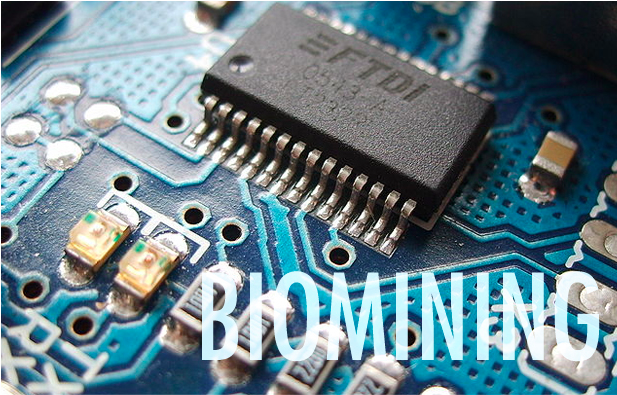Team:Stanford-Brown/Biomining/Introduction
From 2012.igem.org
(→Biomining) |
(→Biomining) |
||
| (20 intermediate revisions not shown) | |||
| Line 3: | Line 3: | ||
<div id="subHeader"> | <div id="subHeader"> | ||
<ul id="subHeaderList"> | <ul id="subHeaderList"> | ||
| + | <li><a href="#" id="project">Biomining:</a></li> | ||
<li id="active"><a href="#" id="current">Introduction</a></li> | <li id="active"><a href="#" id="current">Introduction</a></li> | ||
| + | <li><a href="/Team:Stanford-Brown/Biomining/Harvesting">Harvesting</a></li> | ||
| + | <li><a href="/Team:Stanford-Brown/Parts">BioBricks</a></li> | ||
| + | <li><a href="https://docs.google.com/a/stanford.edu/document/d/1RfsxBERl_GZoXgjWbqzlezqknuxjKNX8bjLudxNzz9U/edit">Notebook</a></li> | ||
| + | <li><a href="/Team:Stanford-Brown/Protocols">Protocols</a></li> | ||
</ul> | </ul> | ||
</div> | </div> | ||
</html> | </html> | ||
| + | |||
{{:Team:Stanford-Brown/Templates/Content}} | {{:Team:Stanford-Brown/Templates/Content}} | ||
| + | == '''Biomining''' == | ||
| + | The ability to extract or recycle metals is key to long-term human survival in space. Flying up traditional heavy-duty equipment to perform these functions is not viable economically or structurally. Bacteria are small, easy to transport, and can multiply and regenerate themselves. They can be used to extract metals from sediment on solid planets or asteroids, or to recycle metal electronics aboard spacecraft. | ||
| - | + | Existing bacteria with the ability to mine metal gather metal ions either within the cell body or on the cell surface. For our project, we modified a unique flagellar protein expression system, originally employed by [https://2008.igem.org/Team:Slovenia iGEM Team Slovenia 2008] as a novel flagellin vaccine. We attempted to make metal ion harvesting more robust by expressing metal binding peptides on bacterial flagella: we could chemically remove flagella from the bacterial body and collect the ions without killing the organism. | |
| - | + | ||
| - | + | Additionally, we redesigned Team Slovenia 2008's [http://partsregistry.org/wiki/index.php?title=Part:BBa_K133038 flagellar protein expression system], “FliC,” to have a general-use multiple cloning site. This way, anyone wishing to express proteins on flagella can do so using our [http://partsregistry.org/Part:BBa_K847101 biobrick]. | |
| - | + | ||
| - | + | ||
| - | + | ||
| - | + | ||
| - | + | ||
| - | + | ||
| - | + | ||
| - | + | ||
| - | + | ||
| - | + | ||
| - | + | [[File:Biomining.png|right|text-bottom|300px]] | |
| - | ''' | + | '''So what did we do?''' |
| - | + | *We created a standard for expression of proteins on flagellin protein FliC in part K847101. | |
| + | *We engineered K847101 to express metalbinding ions to harvest metal ions ''in situ''. | ||
Latest revision as of 00:58, 4 October 2012
Biomining
The ability to extract or recycle metals is key to long-term human survival in space. Flying up traditional heavy-duty equipment to perform these functions is not viable economically or structurally. Bacteria are small, easy to transport, and can multiply and regenerate themselves. They can be used to extract metals from sediment on solid planets or asteroids, or to recycle metal electronics aboard spacecraft.
Existing bacteria with the ability to mine metal gather metal ions either within the cell body or on the cell surface. For our project, we modified a unique flagellar protein expression system, originally employed by iGEM Team Slovenia 2008 as a novel flagellin vaccine. We attempted to make metal ion harvesting more robust by expressing metal binding peptides on bacterial flagella: we could chemically remove flagella from the bacterial body and collect the ions without killing the organism.
Additionally, we redesigned Team Slovenia 2008's [http://partsregistry.org/wiki/index.php?title=Part:BBa_K133038 flagellar protein expression system], “FliC,” to have a general-use multiple cloning site. This way, anyone wishing to express proteins on flagella can do so using our [http://partsregistry.org/Part:BBa_K847101 biobrick].
So what did we do?
- We created a standard for expression of proteins on flagellin protein FliC in part K847101.
- We engineered K847101 to express metalbinding ions to harvest metal ions in situ.
 "
"
